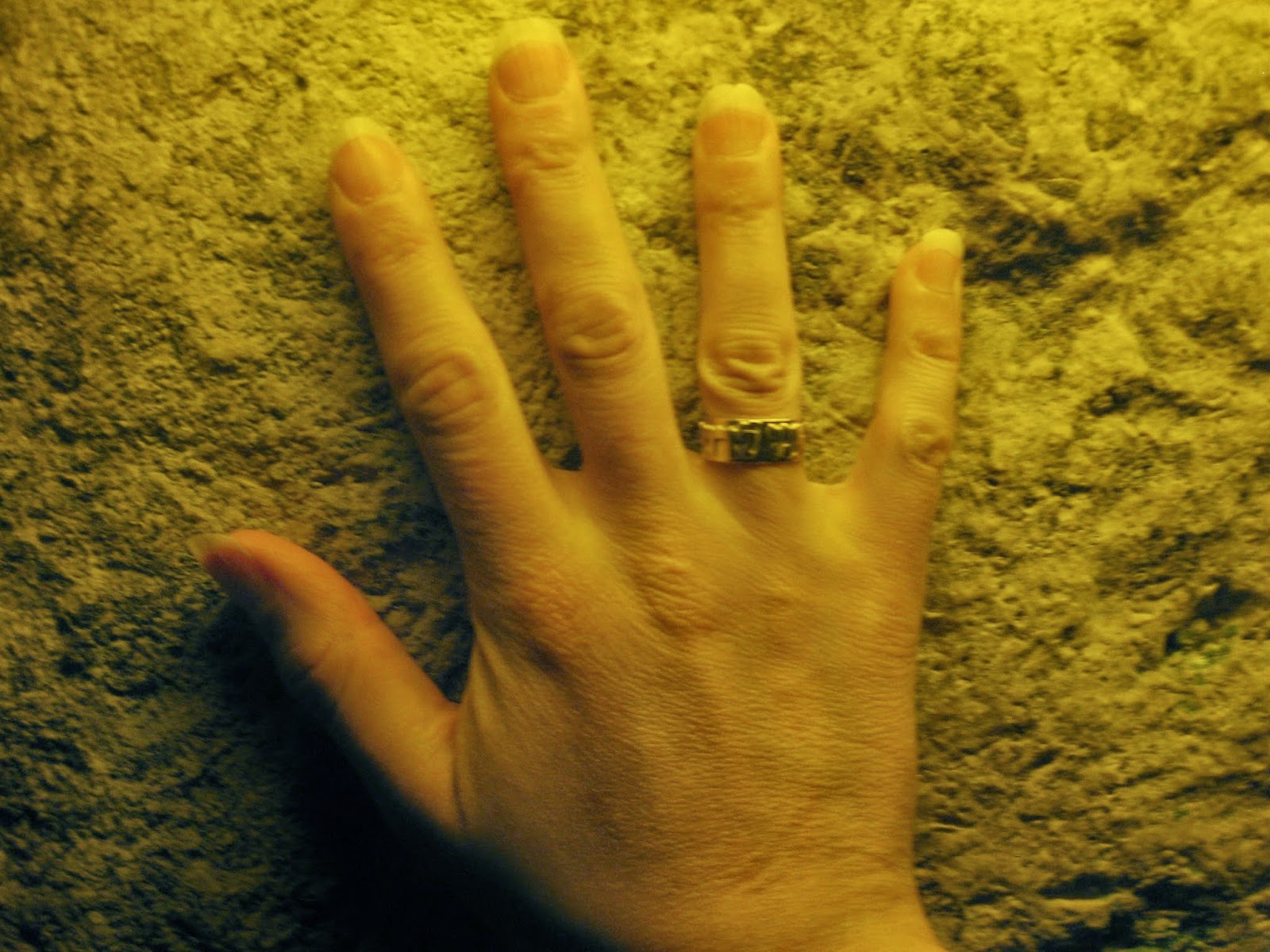The rhythm of Jewish time seems to run a bit slower in the summer months, as the sun shines high in the sky, the heat lingers and the days last longer. Traditionally the Jewish months of Sivan, Tammuz, Av and Elul are bookends to this hot period of time. Sivan ushers in summer with the holiday of Shavuot, the giving of the Torah at Mt. Sinai, and Elul is introspective as we prepare for Rosh Hashanah and Yom Kippur. Within Tammuz and Av are days of mourning that reflect sad times within Jewish history – the fast of the 17th of Tammuz which marks the breaching of the Temple walls which culminated in the destruction of the Temple in Jerusalem on the 9th of Av. Between these dates is the period of three weeks known as Bein Hametzarim, literally “in a narrow place”. It is not hard to imagine the kind of narrow straits our people must have felt in the dry heat of summer in Jerusalem as they witnessed the destruction. On Tisha B’Av Jews fast, sit on the floor, and weep as we chant the beautiful and mournful words of Lamentations. In ancient times the Jewish people believed that the holy Temple was the meeting place between us and God. Though we believe that the Divine presence is everywhere, this was the place of great intimacy between people and God. Several times each year Jews would journey to the Temple in Jerusalem and perform rituals and seek to come closer to the Divine presence in the world.
What do these days mean for us today? For us today, this may seem distant and ancient history. Many liberal Jews are not familiar with the fast of Tammuz or the observance of Tisha B’Av. And yet, there is something powerful that connects us to these stories and this place. Last summer in Jerusalem I went to the Kotel, the Western Wall many times. I had the opportunity to tour underneath the Wall in the tunnels and place my hand on the ancient stones close to where the Holy of Holies had been, where for thousands of years Jews had placed their hands on the ancient stones, and cried, and rejoiced and prayed. There is something about being in a sacred space that opens us to the spiritual, that shuts out the noisiness of life and allows us to hear and be at one with the universe.
A Hasidic tale about the “Seer of Lublin”, Rabbi Yitzchak Yaakov Horowitz, explains the power of place and time that changes us, that enables us to be more in harmony with God:
As a young child the rabbi lived near a forest. Almost every day he would venture off in to the woods by himself. His father did not want to interfere with his son’s explorations but he worried about robbers and animals that could be lurking in the forest that could harm his son. One day his father pulled the boy aside and said “I know that you go to the forest every day. I am concerned for your safety. What is it that draws you there and what do you do there?
The young boy responded simply: “I go there to find God.”
His father thought for a moment and then responded: “That’s beautiful, but don’t you know that God is the same everywhere?”
“God is”, responded the boy, “but I’m not.”
As the summer wanes and we enter Elul, our soul’s journey calls us to awaken and reflect on the year that has passed and the one that is yet to be. As we embark on the journey from Av to Elul may we seek the place that connects us, that changes us, and that enables us to take the next steps along our sacred path.
Wednesday, August 10, 2011
Subscribe to:
Post Comments (Atom)






No comments:
Post a Comment